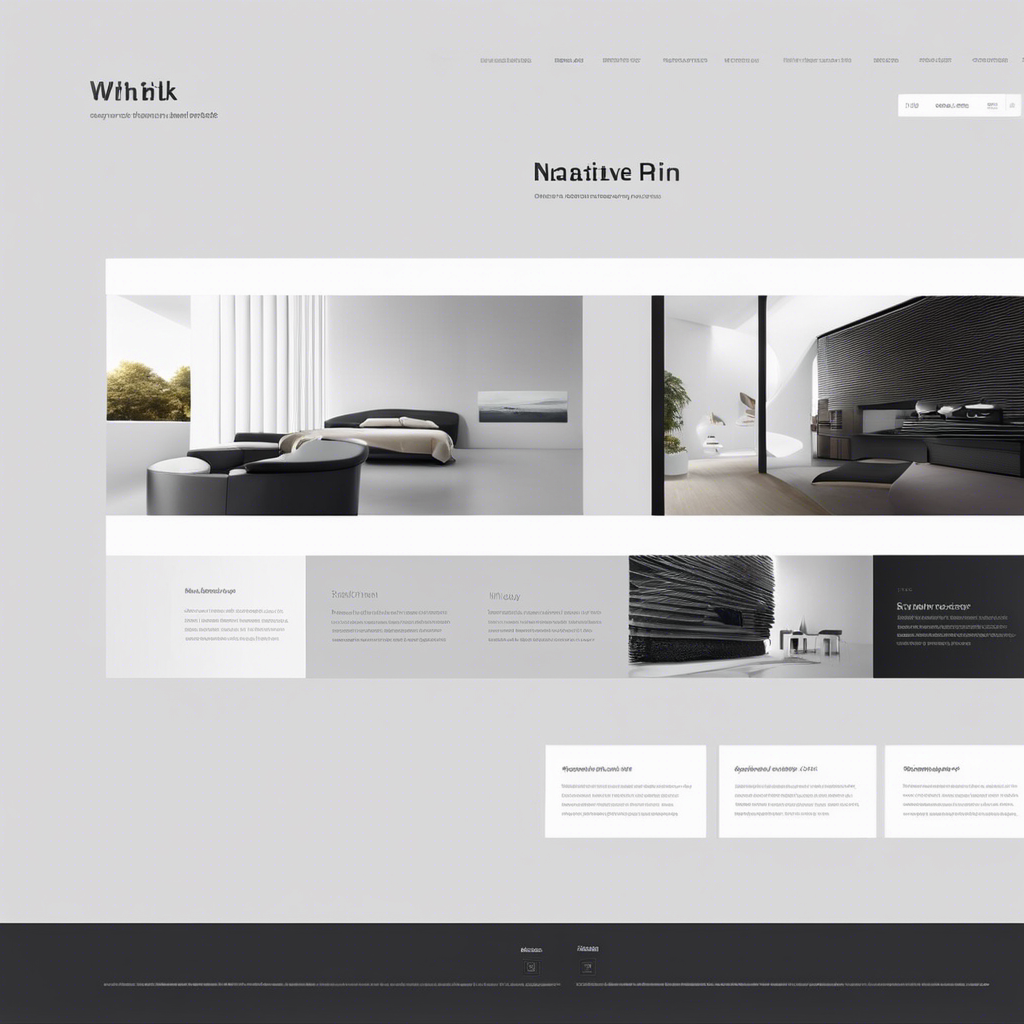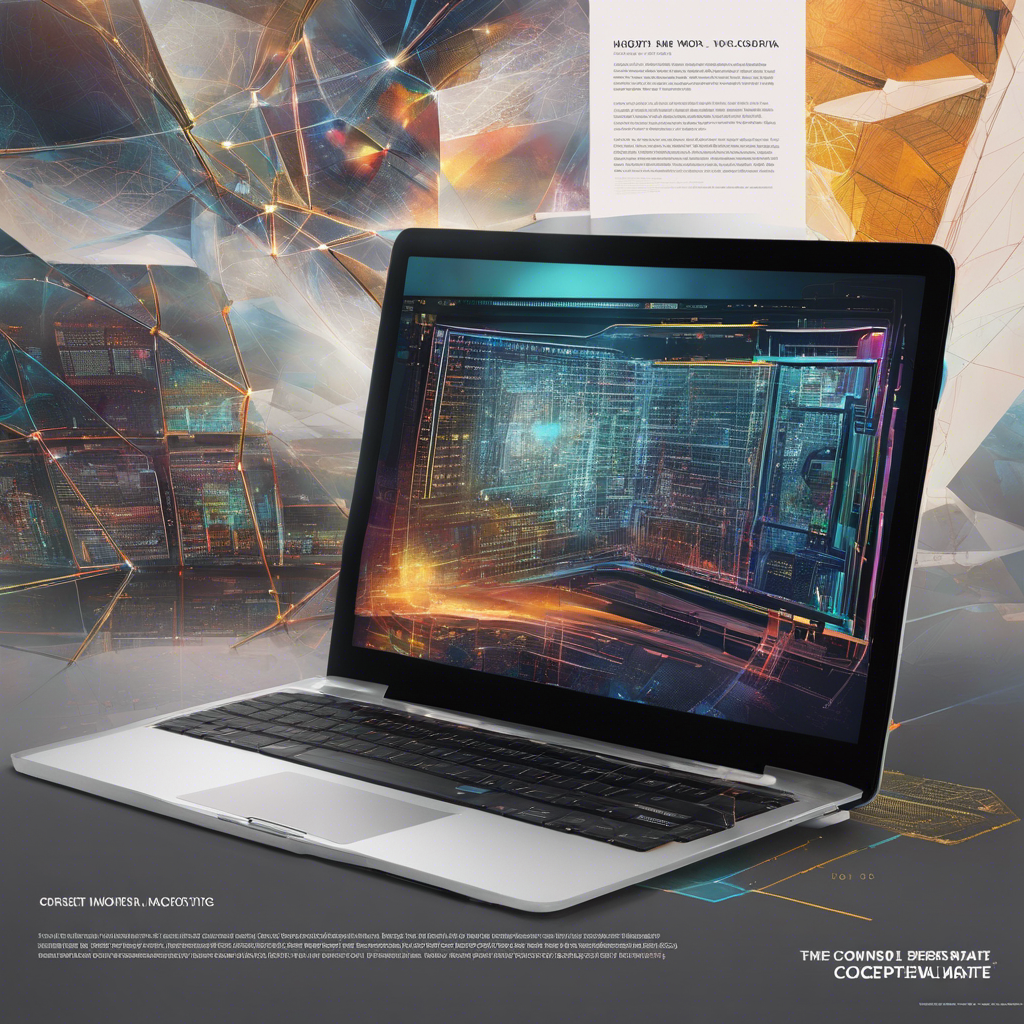Are you ready to take your web design to the next level?
Imagine your website as a canvas, and white space as the brush strokes that bring your design to life. White space, also known as negative space, refers to the empty areas between elements on a webpage.
It may seem counterintuitive, but this empty space actually plays a crucial role in creating a visually appealing and user-friendly website. By strategically using white space, you can improve readability, highlight important content, and enhance user interaction.
In this guide, we will explore the benefits of white space in web design, techniques for creating white space, and how to effectively use it to enhance navigation and responsive design.
Get ready to transform your website with the power of white space!
Key Takeaways
- White space improves readability of text
- White space organizes and groups related elements
- White space highlights important content
- White space encourages user interaction
Benefits of White Space in Web Design
To effectively utilize white space in web design, you can experience numerous benefits.
The use of white space can significantly improve the readability of your text, making it easier for visitors to read and understand your content.
By organizing and grouping related elements, white space helps create a more cohesive and user-friendly design. It also allows you to create focus and emphasize important elements, such as call-to-action buttons, by eliminating distractions.
The generous use of white space can give your website a luxurious and sophisticated feel, enhancing its overall aesthetic appeal.
Moreover, white space encourages user interaction by guiding visitors through the website and highlighting important content.
Techniques for Creating White Space
When designing a web page, you can create white space effectively by considering paragraph margins and line spacing. By increasing the spacing between paragraphs, you improve readability and allow the content to breathe. This technique helps to separate different sections and makes it easier for the reader to follow along.
Additionally, using appropriate line spacing ensures that the text isn’t too crowded, which also increases readability. White space in web design isn’t just about empty space; it serves a purpose in organizing and highlighting the main content.
A generous use of white space can draw attention to important elements and create a sense of elegance and luxury. By incorporating these design principles, you can create an effective web design that enhances the overall user experience.
Using White Space to Enhance Navigation
To improve navigation on your website, strategically utilizing white space can make a significant impact.
White space refers to the empty or negative space surrounding elements on a webpage. When used effectively, it can enhance the navigation experience for your users.
Increase the amount of white space between navigation links to create a clear and organized layout. This helps users differentiate between different options and find the desired information easily.
Additionally, consider using micro white space within the text itself. This means increasing the line spacing between individual lines of text, making it more readable and reducing visual clutter.
White Space and Responsive Design
Using white space in responsive design is crucial for creating a visually pleasing and user-friendly website. In responsive design, white space is a powerful tool that helps users navigate through different elements on a webpage. It ensures that the content isn’t crowded and closely together, allowing users to easily process the information.
White space can be used to separate different sections of a webpage, such as the header, navigation menu, and footer. This not only makes the website look organized, but also helps users find what they’re looking for more easily.
Best practices in responsive design suggest using a good amount of white space to create a sense of balance and harmony across different screen sizes. By using white space effectively, you can make a great first impression and encourage users to stay on your website longer.
Common Mistakes to Avoid in White Space Implementation
Avoid these common mistakes when implementing white space in web design.
One mistake to avoid is overcrowding the page with too many elements, which can make it difficult for visitors to find what they’re looking for. Make sure to leave enough white space around each element to provide visual breathing space for the eyes.
Another mistake is failing to properly group related elements together. This can lead to a cluttered interface and distract visitors from the core message. Utilize white space to draw attention to important elements and create a visual hierarchy.
Increasing the spacing between elements improves readability and helps visitors identify key information. Remember, white space isn’t a waste of space. It’s important to use empty areas or blank spaces effectively to promote balance and visual order.
Don’t let blocks of text overwhelm the design.
Frequently Asked Questions
How Can White Space Be Used Effectively?
To use white space effectively, you can employ negative space techniques and minimalist design principles. Find the right balance between content and white space while enhancing readability and creating visual hierarchy. Use white space in mobile web design, e-commerce websites, and brand identity. Also, consider its role in responsive web design for a better user experience.
How Is White Space Used in Design?
White space in design is crucial for user experience, creating visual balance, and emphasizing key elements on a webpage. It contributes to minimalist design and improves readability. Avoid common mistakes and explore different types of whitespace for effective design.
What Is One Way to Ensure Your Design Has Enough White Space?
To ensure your design has enough white space, take a minimalist approach. This creates visual balance and breathing room for clear navigation and a focal point emphasis. It enhances readability, user experience, and mobile responsiveness.
What Is an Example of a Good Use of White Space?
A good use of white space is seen in a minimalist approach, with a clean and organized layout. It creates a balanced composition, emphasizes important elements, and enhances readability. This creates a sense of elegance, increases user engagement, and provides visual breathing room, highlighting key messages and improving user experience.




